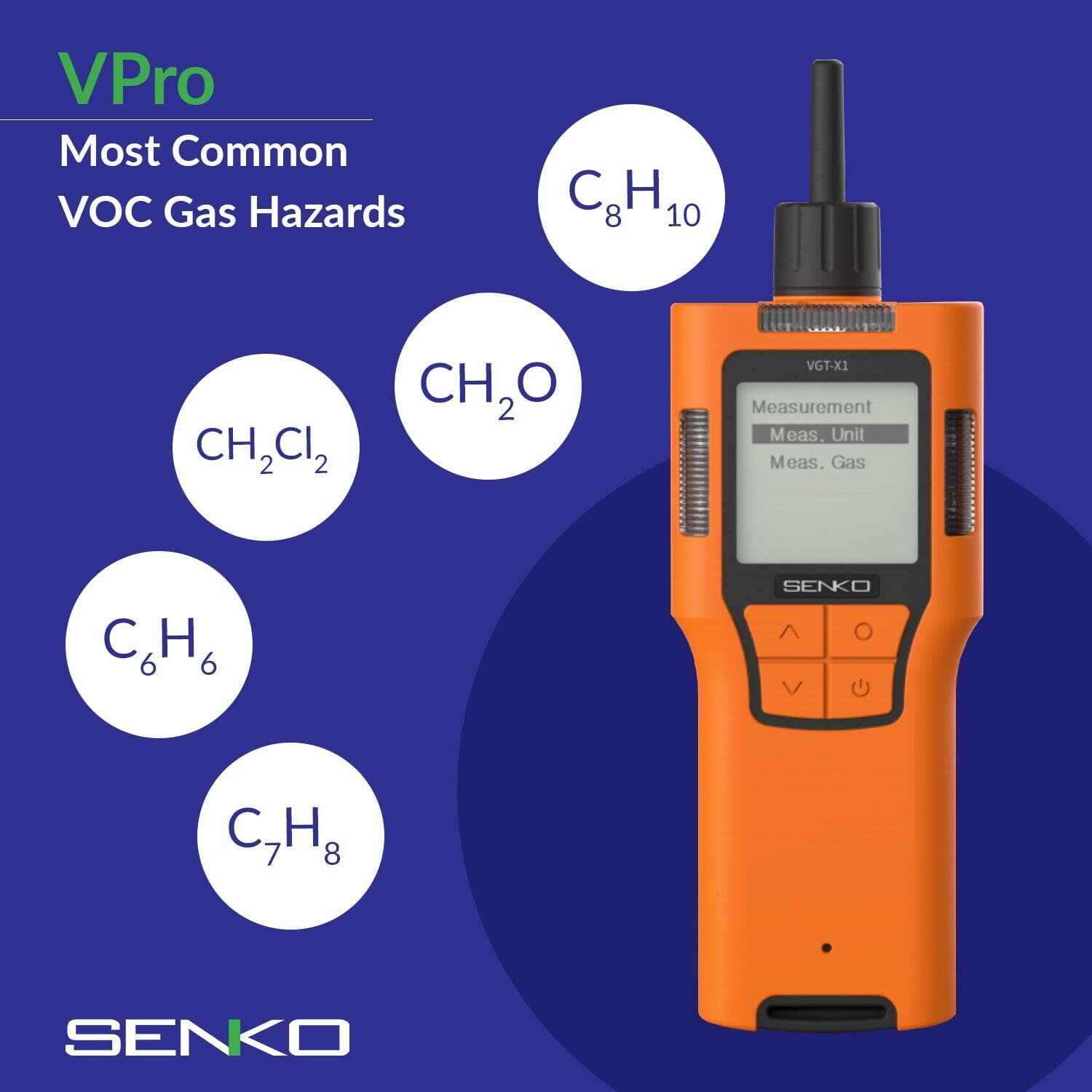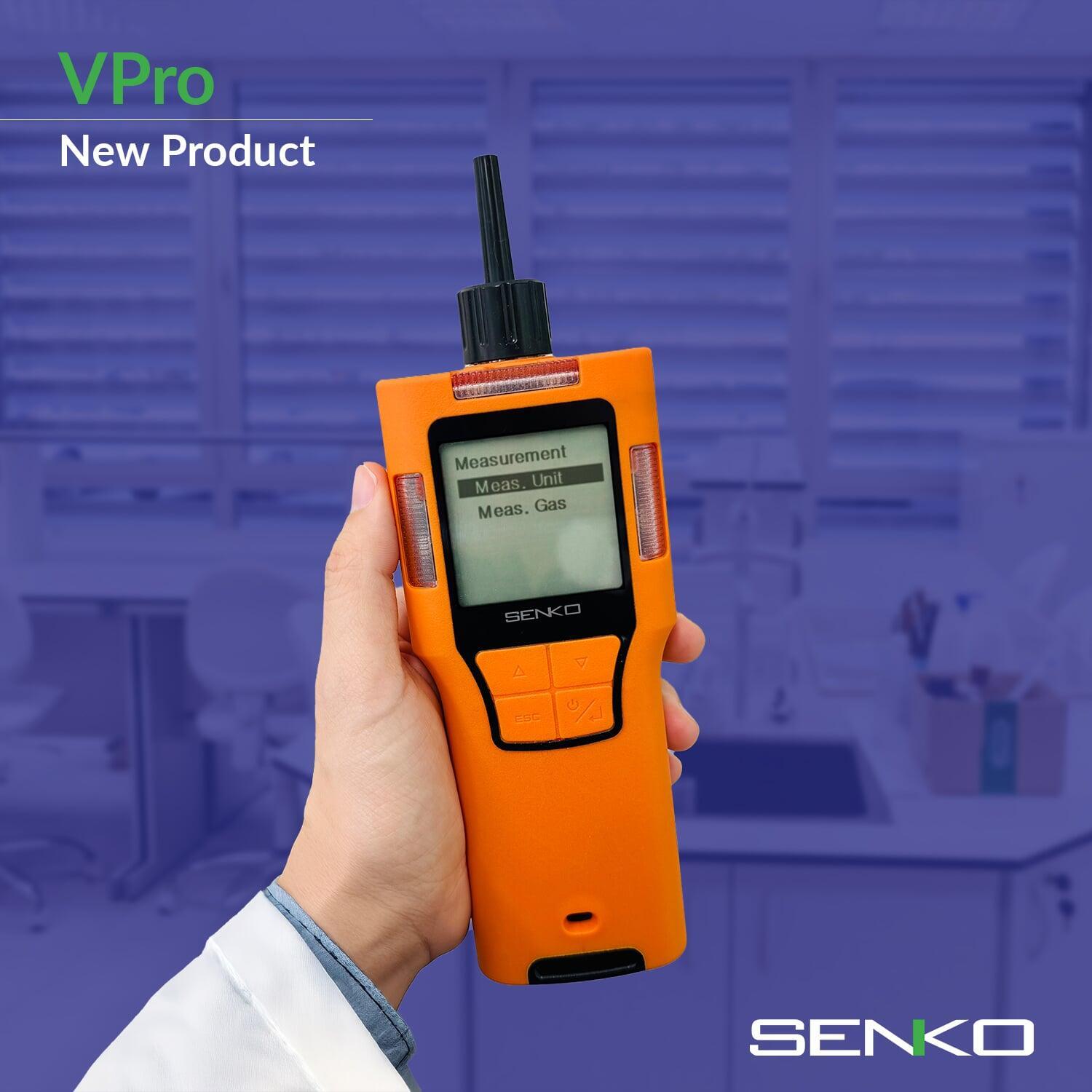What are the Most Common VOC Gases in Industry?

VOCs (Volatile Organic Compounds) include a wide range of gases that can be encountered almost anywhere at harmless low levels, but in industry, some VOCs can become dangerous due to the potential of greater concentrations leading to greater hazards, so action should be taken to reduce exposure. This often starts with an on-site analysis, which will give you an indication of which one of the many thousand VOCs you are dealing with.
Once you have this information, understanding the hazard and specifying your gas detection system to measure for these gases is vital in reducing the potential exposure of your team. Summarised below are some of the most common VOCs encountered in industry, where they can appear and why they are dangerous.
Benzene
Benzene is one of the most commonly talked about VOC gases in the safety industry due to its frequent occurrence and its dangers. It is a natural component of crude oil, so will be present in on and offshore oil and gas, petrochemical, plastic manufacturing and the automotive industry. From extraction to processing, Benzene has the potential to enter the atmosphere in a gaseous form. It has a TWA of 1ppm and no listed STEL under EH40, meaning a dangerous build-up can occur quickly if dealing with large volumes of Benzene containing products. It is highly carcinogenic.
Toluene
Toluene is one of the most frequently produced chemicals as it is often used as a solvent in dyes, paints, glues, correction fluids and thinners. So workers in applications such as petrochemical, pharmaceutical, chemical and laboratories will use or manufacture products containing Toluene regularly.
Although it is a flammable gas at 1.2% volume (12000ppm) in the atmosphere, Toluene has a TWA and STEL of 100ppm under EH40 as it is toxic well before it becomes an explosive hazard. It is also carcinogenic.
Formaldehyde
Formaldehyde is another well-known VOC due to it being a key component of household cleaning products for its powerful disinfecting capabilities. For this reason, along with it being an effective preservative, it is used across industries such as agriculture, manufacturing, medical and science for fumigation and disinfection. Formaldehyde is also often used in petroleum processing to help increase fuel yield. It is another extremely toxic chemical and has exposure limits as low as 2ppm (EH40).
Methylene Chloride
Methylene Chloride or Dichloromethane is used for a variety of different purposes in industry. It is an effective solvent so is often used in the food industry for processing hops and extracting caffeine from coffee beans, as well as being a component of paint strippers and aerosols. Methylene Chloride is often also used as a degreasing agent for metals and electronics, so will often be used in the Automotive and Transportation industries.
In many countries, this chemical is illegal for use in consumer products and has strict guidelines for exposure under EH40. It has a TWA of 100ppm and an STEL of 200ppm and is classified as a carcinogen.
Xylene
This chemical is also similarly used in the production of paints and adhesives, as well as being an effective cleaning agent for metals and electronics. Xylene is sometimes used in the medical field, particularly in the dental world due to its ability to dissolve materials used for root canals. Xylene has a STEL of 100ppm and a TWA of 50ppm, so controlling exposure is vital with levels this low. Again, this is a potential carcinogen.
These are just a few of the gases that can be encountered in industry, so further research and advice should be taken if these aren’t one of the gases you are dealing with.
Each VOC gas can cause negative health effects depending on the level of exposure and gas type. This can include headaches, irritation of the skin and/or eyes, heart and lung damage and lung diseases.
A feature that is true for all VOCs is that these chemicals will dissipate into gases in a room temperature atmosphere. Therefore, careful measurement of exposure and rigorous checks are essential to ensure that staff are not exposed to unsafe levels.

What should I use to measure these gases?
As mentioned above, some VOC gases are also flammable Hydrocarbons, so careful consideration and advice should be taken from a professional to determine which sensor type is best for your requirements. In general, most VOCs should be detected using a PID sensor since it offers the highest level of accuracy for this gas group.
At Senko, we can offer a comprehensive portable PID detector in the brand new VPro. It comes with a full kit of accessories for a fully adaptable product that can suit almost any environment. It is a robust, durable and reliable portable detector with a powerful pump to easily take on spot checking when required.
Get in touch with us to find out more about the VPro.
